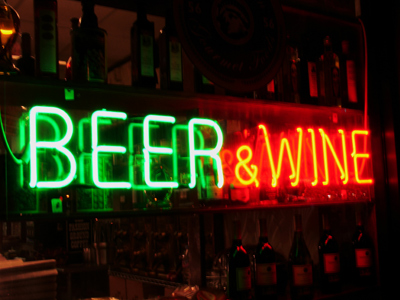
Chemistry - Word Equations (AQA)
It is necessary for students of GCSE Science to have a basic grasp of the fundamental ideas in chemistry. This is the fifth of six quizzes recapping those ideas and it looks specifically at word equations - the method of writing down chemical reactions in words rather than in symbols.
When chemicals react together new chemicals are made from the original ones present. One of the best ways of describing what happens in the reaction is to write a chemical equation. When writing a chemical equation you can use two methods - using symbols to represent the chemicals or by using words. A chemical equation tells you which chemicals reacted together (the reactants) and the new chemicals that were made in the reaction (the products). An example is the reaction of sodium with oxygen:
sodium + oxygen → sodium oxide.
Sodium and oxygen are the reactants and there is just one product, sodium oxide.
Unfortunately, even just writing the words 'chemical equation' send shivers down the spines of many students who see them as really complicated to do and there are so many to learn as well, aren't there? Actually, no, you don't need to learn many, but how come?
In most cases, for reactions involving metals, there are fairly simple rules that you can follow. For example, if you know that metal carbonates react with strong acids to form the metal salt, water and carbon dioxide, and you know which salt comes from which acid, you are able to write a word equation for the reaction of any metal with the acids that you know about - that's around 300 word equations from a couple of simple pieces of information. If you haven't realised that, then chemical equations are going to be tough for you because you will have to learn them all individually! You will only be asked to write them for reactions you have come across during your studies.
For reactions between non-metals (including hydrocarbon fuels burning), it is a bit more complex. For example, the reaction of sulfur with oxygen:
sulfur + oxygen → sulfur dioxide.
You would need to know the product is sulfur dioxide and not sulfur oxide - but if you think about it, it is always sulfur dioxide that you will have heard of during your study of science.
iron oxide + carbon monoxide → iron + carbon dioxide?
Magnesium carbonate + hydrochloric acid → magnesium chloride, water and carbon dioxide?
sugar → carbon dioxide + _______
methane + oxygen → carbon monoxide + water
Ready for more?
not all...
quizzers. Try to win a coveted spot on our Hall of Fame Page.







